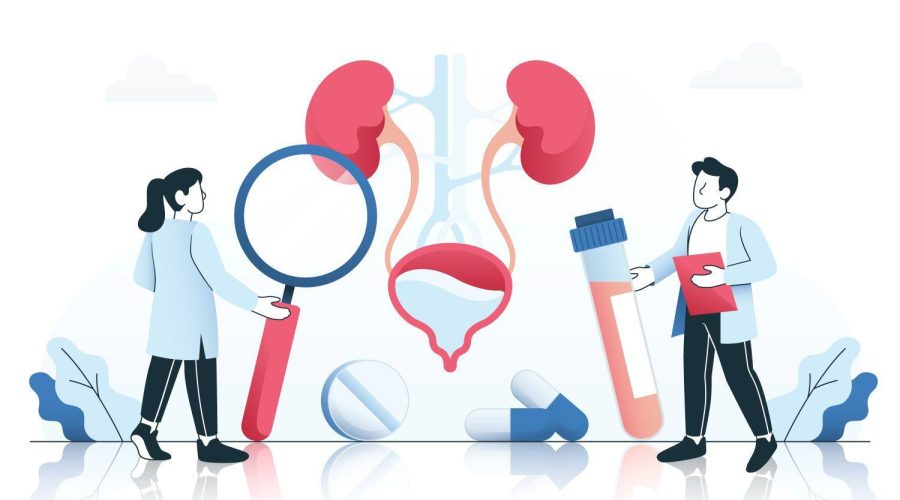Understanding Bladder Cancer : Causes, Symptoms, and Treatment
Bladder cancer, while not as widely discussed as other types of cancer, is a significant global health issue, ranking as the 10th most common cancer worldwide. Despite its prevalence, there is often a lack of public understanding and awareness about this disease. In this blog post, we aim to shed light on bladder cancer, discuss its causes, symptoms, and delve into the available treatment options.

Understanding Bladder Cancer:
Bladder cancer typically begins in the cells lining the inside of the bladder, the organ that stores urine produced by the kidneys. Most bladder cancers are transitional cell carcinomas, meaning they begin in the urothelial cells that line the inside of the bladder.
Risk Factors:
Several risk factors can increase your likelihood of developing bladder cancer. These include:
- Smoking: Smokers are at a much higher risk due to harmful chemicals accumulating in the urine.
- Occupational exposure: Regular contact with certain industrial chemicals used in dyes, textiles, rubber, paint, and leather can increase risk.
- Chronic bladder irritation: Recurrent urinary infections, kidney and bladder stones, and other sources of long-term bladder irritation can lead to increased risk.
- Age, race, and gender: Bladder cancer is more common in older individuals, in men, and among Caucasians.
Symptoms:
Early detection is key in the successful treatment of bladder cancer. Common symptoms can include:
- Hematuria (blood in the urine)
- Painful or frequent urination
- Back or abdominal pain
- Loss of appetite and weight loss
If you experience any of these symptoms, it’s important to consult a healthcare professional for evaluation.
Treatment Options:
Bladder cancer treatment depends on a variety of factors, including the type, grade, and stage of the cancer, as well as the patient’s overall health. Options may include:
- Surgery: To remove cancerous tissues.
- Intravesical therapy: Medicine is inserted directly into the bladder.
- Chemotherapy: To kill cancer cells throughout the body.
- Radiation therapy: To kill cancer cells or keep them from growing.
- Immunotherapy: To stimulate the body’s immune system to fight cancer cells.

Conclusion:
Raising awareness about bladder cancer is crucial for early detection and successful treatment. Regular check-ups are vital, particularly if you’re in a high-risk group. By understanding the causes, recognizing the symptoms, and knowing the treatment options, you can be prepared to face bladder cancer effectively.
It’s important to have open discussions about bladder cancer to promote understanding and early detection. If you or a loved one have been affected by bladder cancer, remember, you are not alone. There are support networks and resources available to help you on this journey.
Always remember, knowledge is power, and in the world of cancer, it could be lifesaving.
#BladderCancer #CancerAwareness #HealthBlog
Remember, this blog post is intended for informational purposes only and should not be used as a replacement for professional medical advice.
mattis, pulvinar dapibus leo.
DISCLAIMER: THIS POST DOES NOT PROVIDE MEDICAL ADVICE The information, including but not limited to, text, graphics, images and other material contained on this post are for informational purposes only.


